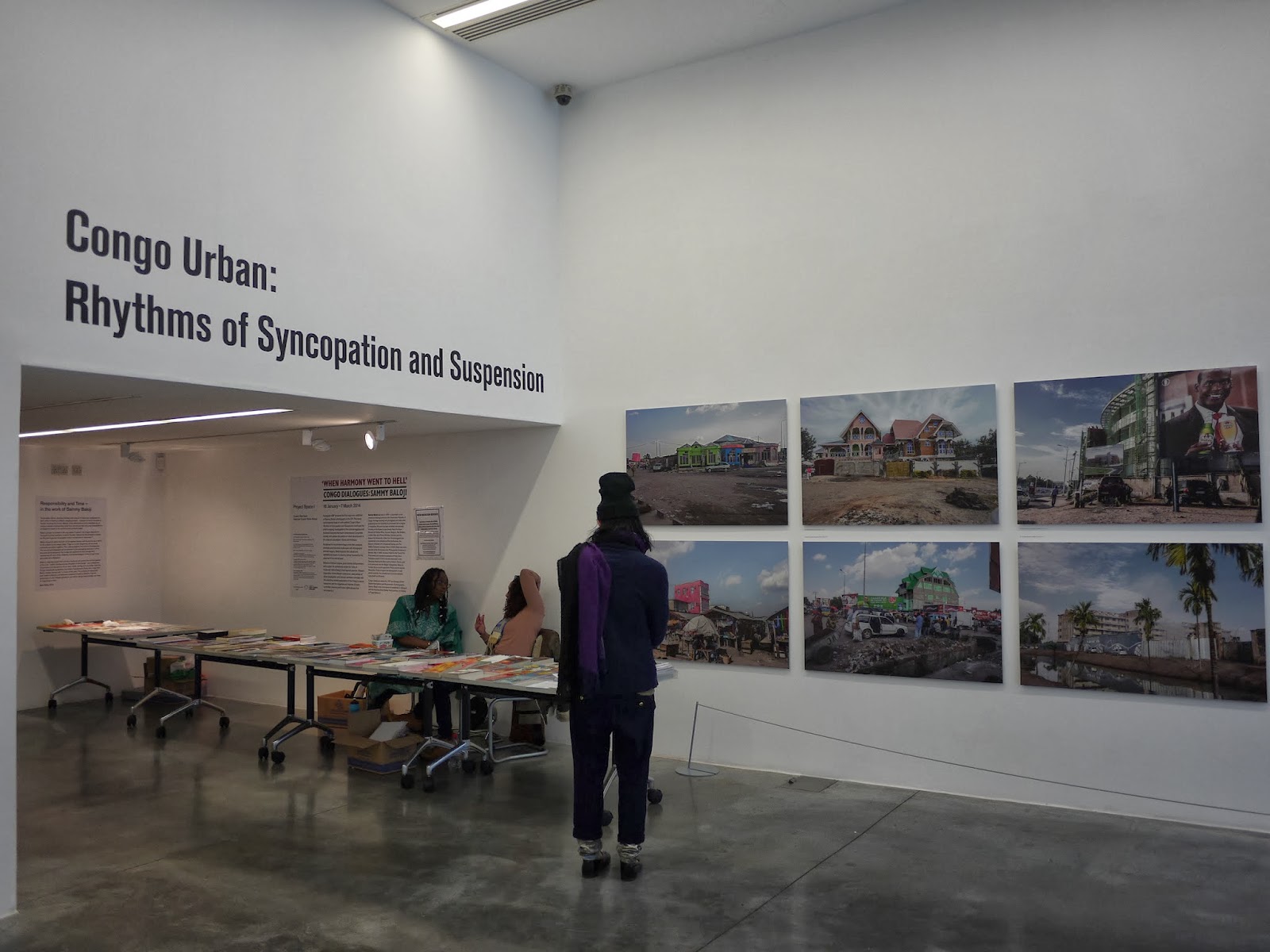Celebrating International Women's Day and the launch of CARE International's 'Walk in her Shoes' campaign was an inspiring way to spend last Saturday morning.
I arrived to a large crowd gathered around our modern day suffragettes still sporting Victorian wears but with messages that were very much of relevance in today’s world.
Speeches from the
UK’s Secretary of State for International Development, Justine Greening, and women’s rights
campaigner, Dr Helen Pankhurst were fantastic indications of how far and wide the tentacles of the feminist movement has reached.
Justine Greening’s speech outlined the steps that are being
taken within government to play an increasing role in women’s rights and steps
towards placing women at the centre of policy.
Government campaigns targeting issues such as female genitalmutilation and forced early marriage will take centre stage in July 2014 during a UK hosted conference addressing these issues in the UK and abroad. Greening
also signposted the UN, William Hague and Angelina Jolie’s recent campaign against rapeas a weapon of war.
Dr Helen Pankhurst also took to the podium and spoke of her
great-grandmother and grandmother who spent their lives fighting for women’s
rights.
Referencing the ‘gender shackle’ that women still face by
virtue of being a women, Pankhurst underlined that individual struggles are
often influenced by external cultural factors. A number of factors, such as
birthplace and access to education and healthcare augment complex challenges
faced by women across the world.
Pankhurst went on to explain why CARE International’s
campaign ‘walk in her shoes’ to raise money for water projects in the
developing world is so important.
Approximately 780 million people round the
world do not have access to clean water, and it usually is the role of the women
to collect water for their families. Walking an average of 5 miles per day, means that water
collection creates yet another ‘gender shackle’ and negatively impacts on the
time and resource needed for women to reach their full potential.
Parkhurst urged supporters to ‘amplify their voices’ and
reminded us of the philosophy underpinning any campaign: That one voice is
commendable and strong, but that ultimately change is accelerated with a
collective effort.
In solidarity with women around the world, I will walk
10,000 steps a day for a week for CARE International’s ‘Walk in her Shoes’
Campaign this March.


















































